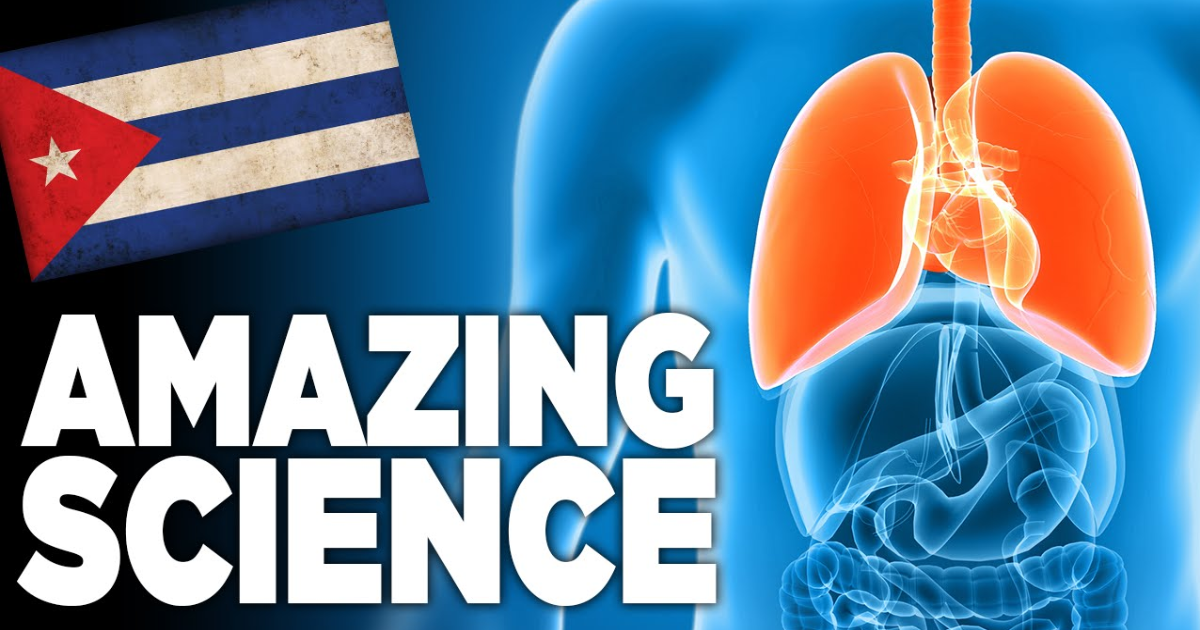Before a drug or medical device gets FDA approval, they are (in theory, at least) required to undergo a stringent testing process known as clinical trials. Without going into the issues of lax enforcement by the FDA and bias in testing that is financed by the drug and device makers themselves, there is another serious issue with clinical trials – and that is ethnic and racial diversity.
One example of this is Type 2 diabetes. For genetic reasons, African-Americans and Native Americans suffer from this disorder more frequently than do people of European ancestry. However, when it comes to testing new treatments for diabetes, most test subjects are white.
Another example of this is hypertension, which disproportionately affects African-Americans despite not proportionately including African-Americans in studies. One of the common treatments for this condition is the use of angiotensin-converting enzyme (ACE) inhibitors, which essentially causes blood vessels to dilate. These drugs have been subject to extensive testing over the years, but until recently, clinical studies included relatively few African-American subjects. Earlier studies suggested that ACE were less effective in treating black patients, but this wasn’t confirmed until two years ago, when 47 percent of the test subjects were African-American.
Does this suggest that people from different racial and ethnic backgrounds really do have biological differences? Not at all. There are many social, economic and environmental factors that come into play. For example, for thousands of years, Native Americans were physically active hunter-gatherers. The typical diet was high in protein, low in carbohydrates and included no sugar other than what naturally occurred in wild plants. A 2010 study showed that much of the higher rates of this disease among Indian peoples is due to an inability to adapt to the European diet and lifestyle. Some Native Americans in the medical profession have suggested that a return to the ancestral diet would go a long way toward reducing diabetes rates.
Similarly, as many as 90% of Asian Americans suffer from lactose intolerance, primarily because most Asian cultures never engaged in dairy farming – and their ancestors never had the opportunity to adapt to dairy foods.
In addition to such factors, socioeconomic status, living conditions and access to education and health care also come into the equation.
One of the problems is that such studies are focused on treatments, not prevention or non-drug solutions – especially since there is far more money to be made selling treatments. Related to this problem is cost – it is simply more expensive to spend time recruiting study participants from ethnic minority groups than it is white subjects.
Yet another issue is the dearth of minority researchers. According to Dr. Sally Rockey of the National Institutes of Health, less than 2 percent of all principal investigators in clinical trials are black or Hispanic – which is lower than the percentage of faculty members from these groups at medical schools.
Among black Americans, there is also a distrust of the medical testing community. Memories of the exploitative 36-year long “Tuskegee Experiment,” in which African-American men suffering from syphilis were allowed to suffer untreated, are still alive and continue to haunt that community. Other similar instances haunt the African-American community. Dr. Valerie Montgomery Rice, dean of the Morehouse School of Medicine, agrees: “It really becomes a trust factor, particularly for persons of color,” she says.
One solution would be to retain study coordinators who are members of minority groups. Another is to provide training to coordinators on reaching out to minority communities. And of course, there is always the issue of money and profits; when Big Pharma funds its own studies, it will do the bare minimum in order to save on costs. More pressure needs to be put on the pharmaceutical industry in this regard.
One thing is certain: failing to include minority groups in clinical trials simply because it costs more is false economy. Dr. Gbenga Ogedegbe of NYU put it best:
“We can’t afford to be reticent when it comes to including a diverse patient population in clinical trials…the results and the cost of not doing that is much worse.”



